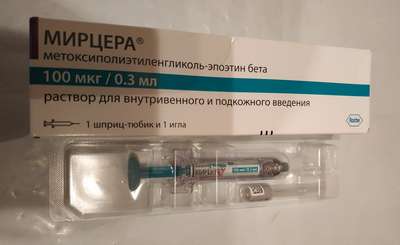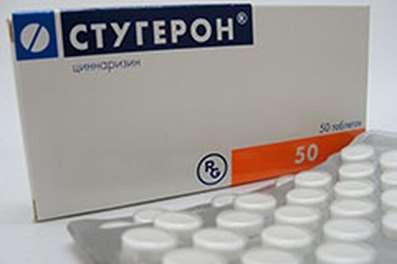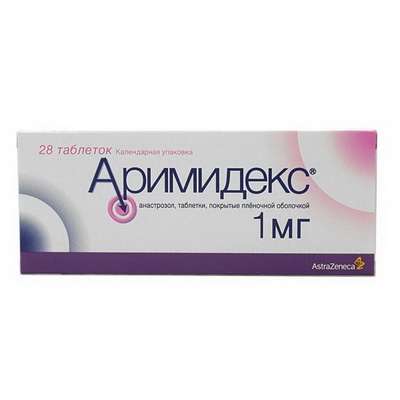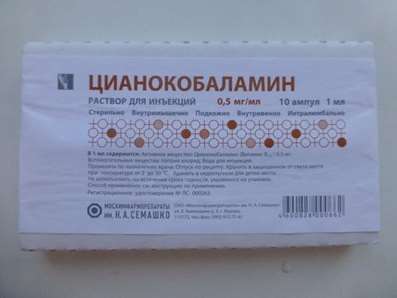Instruction for use: Glaumol
I want this, give me price
Active substance Timolol
ATX Code S01ED01 Timolol
Pharmacotherapeutic group:
Beta-blockers
Ophthalmic tools
The nosological classification (ICD-10)
H40 Glaucoma
glaucoma intervention., Afakicheskaya glaucoma, narrow-angle glaucoma, Chronic glaucoma, Chronic open-angle glaucoma, Wide-angle glaucoma
Structure and Composition
Eye drops 1 ml
timolol maleate 5 mg
in bottles with dropper cap 5 ml; In the paper cartons 1 bottle.
The drug forms
The clear, colorless solution.
Characteristic
Nonselective blocker beta1- and beta2-adrenergic receptors. It has no intrinsic sympathomimetic and membrane stabilizing activity.
pharmachologic effect
Mode of action - antiglaucoma, beta adrenoliticheskoe.
When applied topically as eyedrops reduce both normal and elevated intraocular pressure by decreasing the formation of intraocular fluid. It has no influence on pupil size and accommodation.
pharmacodynamics
The action is manifested through 20 minutes after instillation into conjunctival cavity. The maximum decrease in intraocular pressure occurs within 1-2 hours and lasts for 24 hours.
Pharmacokinetics
When applied topically to quickly penetrate through the cornea. After instillation of Cmax in the aqueous humor of the anterior chamber is achieved in 1-2 hours. The small amount reaches the systemic circulation by absorption through the vessels of the conjunctiva, nasal mucosa and lacrimal tract. Excretion of the metabolites is carried out mainly by the kidneys.
Indications
Elevated intraocular pressure (ocular hypertension), open-angle glaucoma, afakicheskaya and other types of secondary glaucoma, increased intraocular pressure with angle-closure glaucoma (as an adjunct in combination with miotikami), congenital glaucoma (with failure of other therapeutic measures).
Contraindications
Individual hypersensitivity to timolol, bronchial asthma and other severe chronic obstructive airways disease, sinus bradycardia, severe heart failure, cardiogenic shock, allergic reaction with generalized skin rash.
Used with caution during pregnancy, lactation, early childhood; thyrotoxicosis, chronic bronchitis and emphysema (due to the weakness of the myocardium); in patients with diabetes treated with insulin or oral antidiabetic agents as Timolol may lead to hypoglycemia.
Pregnancy and breast-feeding
Sufficient experience of use during pregnancy and lactation is not, however, it found that timolol passes the placental barrier and enters the breast milk. Perhaps the use of the drug for the treatment of pregnant women and nursing mothers prescribed by a doctor, if the expected therapeutic effect is greater than the risk of possible side effects.
Side effects
Local reactions: irritation and redness of the conjunctiva and eyelid skin, burning and itchy eyes, watery eyes, photophobia, edema of the corneal epithelium, superficial punctate keratopathy, corneal hypoesthesia, diplopia, ptosis, dry eye; during fistuliziruyuschih antiglaukomatoznyh operations may develop choroidal detachment in the postoperative period.
Since the cardiovascular system: bradycardia, bradyarrhythmia, decreased blood pressure, collapse, atrioventricular block, transient ischemic attacks.
From the respiratory system: dyspnea, bronchospasm, pulmonary insufficiency.
From the nervous system and sensory organs: headache, dizziness, weakness, depression.
From the digestive tract: nausea, diarrhea.
Allergic reactions: rash, eczema.
Topical administration in neonates may cause apnea.
In elderly patients the risk of side effects is more pronounced than in the young.
Interaction
Sharing with eye drops containing adrenaline may cause mydriasis. Lowering intraocular pressure is enhanced by the simultaneous use of eye drops containing pilocarpine and epinephrine.
Reduction of blood pressure and heart rate slowing may potentiate the drug when used together with calcium antagonists, reserpine, and beta-blockers. Concomitant use with insulin and oral antidiabetic agents may cause hypoglycemia. Timolol increases the effects of muscle relaxants, therefore requires removal of the drug for 48 hours before planned surgery with general anesthesia.
Dosing and Administration
Locally.
The initial dose - 1 drop of 1 times a day. If the reduction of intraocular pressure is not sufficient, the dose was increased to 2 drops of 1 times a day. After normalization intraocular pressure physician can reduce the dosage and 1 drop of 1 times a day, subject to regular control of intraocular pressure and visual field.
Overdose
Symptoms may develop obscherezorbtivnyh effects typical of beta-blockers: dizziness, headache, arrhythmia, bradycardia, bronchospasm, nausea, vomiting.
Treatment: immediate washing the eyes with water or saline solution, symptomatic therapy.
Precautionary measures
Sufficient experience of the application do not have children. Perhaps the use of the drug for the treatment of children by a physician, if the expected therapeutic effect is greater than the risk of possible side effects. If the drug is used just before birth or during breast-feeding, newborns should be monitored carefully for several days after birth and during the entire treatment period, lactating mothers.
special instructions
Since stabilization of intraocular pressure after the start of the drug occurs within a few weeks, evaluate the effectiveness of the treatment should be carried out not earlier than 2-3 weeks.
Do not use in patients with the use of soft contact lenses, because auxiliaries (preservative) may be deposited in the lenses and have adverse effects on the eye tissue. It is necessary to remove the hard contact lenses before instillation of the drug and put them on again only after 15 minutes.
Perhaps the reduction and slowing of mental reactions, which may reduce the ability to actively participate in road traffic, maintenance of machines, or to perform work without reliable support. This is even more the case when it is the interaction of the drug with alcohol.
Drug therapy is usually carried out for a long time, so during treatment must be at least 1 time in 6 months to monitor the function of tearing, the condition of the cornea, the field of view.
Storage conditions
In the dark place at a temperature of 15-30 ° C.
Keep out of the reach of children.
shelf life
3 years.
Do not use beyond the expiration date printed on the package.

 Cart
Cart





